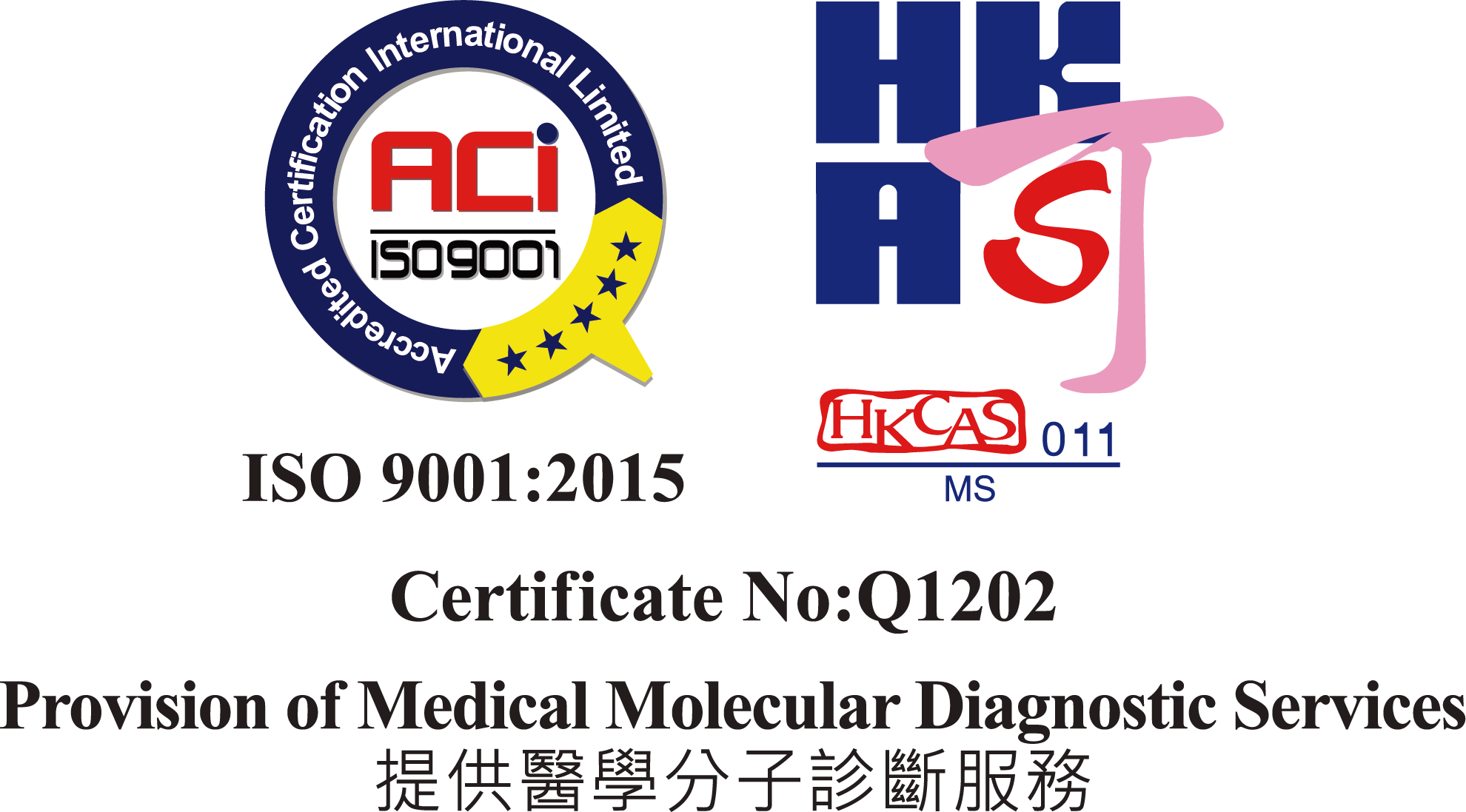
02.02.2016
Paternity testing
Paternity Testing
Parentage tests are used to determine whether two individuals have a biological parent-child relationship. It is done by collecting and analyzing DNA from the alleged parent and child. The child’s profile is compared with the profile of the mother and alleged father to confirm that he or she has inherited DNA from the alleged father. Statistical analysis is then performed to calculate the Paternity Index, which determines the probability of paternity. We are able to do paternity testing with or without samples from the mother, as well as maternity testing, grandparentage testing, sibling testing, and prenatal testing. Please contact us directly for further information.
Paternity Test (alleged father and fetus)
Prenatal parentage testing is a different type of parentage testing in which the father-child relationship can be identify before the child is born. The test allows the earliest possible confirmation of father-child relationship. This is particularly useful for cases where the genuine identity of the biological father must be known before childbirth.
Usually, methods of sample collection for prenatal parentage testing include Chorionic Villus Sampling or Amniocentesis. These methods are not only invasive, but cannot be conducted until at least 10 weeks into the pregnancy.
However, at Medtimes, we are able to perform the parentage test by using the blood of the mother (maternal blood). Currently, this is the only non-invasion prenatal paternity testing method, and can be performed after the 7th week of pregnancy.

Prenatal Autosomal Maternal Serum Paternity Test
Unlike Y-Chromosomal paternity testing, Autosomal Maternal Serum Paternity Test requires extremely advanced techniques for the separation and differentiation of fetal cf-DNAs. In normal circumstances, fetal cf-DNAs will be existing as low as 1% in the maternal plasma, and leading to the detection of fetal cf-DNAs difficult. In addition, due to the fact that the female baby's DNA signal will be significantly masked by maternal DNA, this makes the analyzing and extracting the fetal DNA further problematic.
Prenatal Non-invasive‧Gestational Week: 7 weeks
Usually, methods of sample collection for prenatal parentage testing include Chorionic Villus Sampling or Amniocentesis. These methods are not only invasive, but cannot be conducted until at least 10 weeks into the pregnancy. However, at Medtimes, we are able to perform the parentage test by using the blood of the mother (maternal blood). Currently, this is the only non-invasion prenatal paternity testing method, and can be performed after the 7th week of pregnancy.
Prenatal Test Details
| Code | Test | Sample format | TAT (Working day) | |
| YPAT | Y-chromosome Maternal Serum Paternity Test | Maternal blood |
8.5mL Cell-Free DNA BCT x 2 |
7 |
|
1 alleged father |
Father, Buccal Swab x 2 or 3 mL EDTA Blood x 1 |
|||
| XYPAT | Maternal Serum Paternity Test | Maternal blood | 8.5mL Cell-Free DNA BCT x 2 | 8-12 |
| 1 alleged father |
Buccal Swab x 2 or 3 mL EDTA Blood x 1 |
|
||
Postnatal Test Details
| Code | Test | Sample format | TAT (Working day) | |
|
PATLAB |
Paternity Test (Legal Use, AABB*) |
Child | Buccal Swab x 3 | 14 |
| 1 alleged father/mother | Buccal Swab x 3 | |||
| PATL |
Paternity Test (Legal Use) |
Child |
Buccal Swab x 3 or 3 mL EDTA Blood x 1 |
14 |
| 1 alleged father/mother |
Buccal Swab x 3 or 3 mL EDTA Blood x 1 |
|||
| PATN |
Paternity (Non-Legal Use) |
Child |
Buccal Swab x 3 or 3 mL EDTA Blood x 1 |
7 |
| 1 alleged father/mother |
Buccal Swab x 3 or 3 mL EDTA Blood x 1 |
|||


Guess you like









